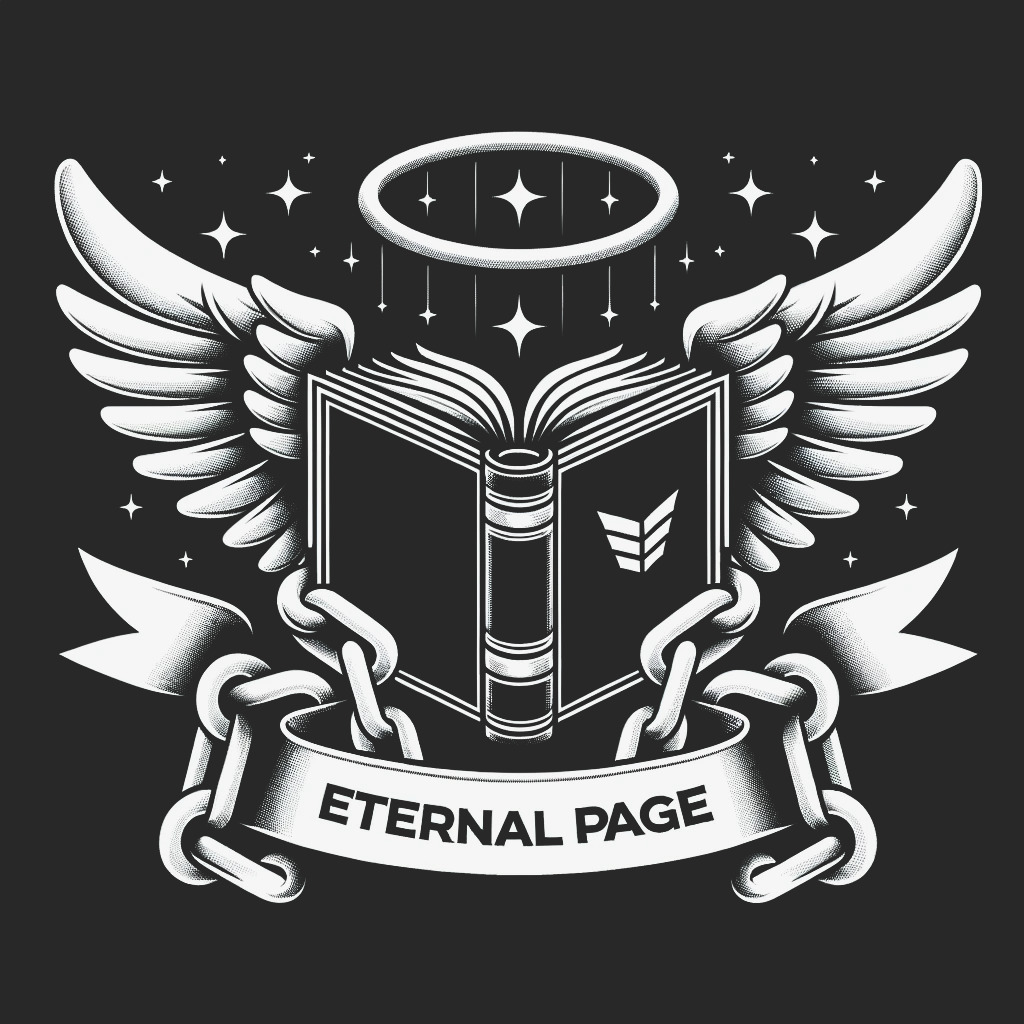Introduction to Obituary Writing: The Do’s and Don’ts
An obituary holds a special place in commemorating the life and legacy of a loved one. In that sense, penning down an obituary is no easy task. It can be a pressure-packed responsibility, especially when you’re trying to capture a person’s existence in a few meaningful words. One needs to understand the delicate balance between core information, emotional sentiments, and vital formalities. This comprehensive guide aims to shoulder some of your burdens, providing a detailed breakdown of the elements an obituary should contain, as well as notable subjects that you need to avoid.
What is an Obituary: Defining Clearly
An obituary serves multiple purposes it informs of a person’s passing, invites people who knew them to attend the funeral or memorial service, and summarizes the highlights of their life journey. This written notice of a person’s death is typically available in print and digital formats. In essence, an obituary is a tribute, a biography, a notice, and an invitation all at once. It opens a window into the person’s life, giving readers an insight into their personality, achievements, influences, and family ties.
Essential Elements of an Obituary
The content of an obituary can vary significantly based on cultural, regional, and personal preferences. However, certain elements are widely deemed necessary. Here are key pieces of information usually included in an obituary:
Before we begin, allow me to share a little about myself. I’ve helped hundreds of individuals navigate emotional distress during their time of loss over the years. Through my experience, I’ve learned the delicate balance that matters when composing an obituary.
Potential Pitfalls: Common Obituary Mistakes
Writing an obituary is a complex task often completed during a difficult emotional period. This can lead to a variety of common mistakes, ranging from information errors to issues of tone. The deceased deserves accurate representation, and readers appreciate correctness and clarity. Understanding and avoiding these mistakes will enhance the quality of your obituary. Here are some of the most common pitfalls to avoid:
- Providing excessive details or being too vague
- Making spelling and grammar errors, which can detract from the dignity of the obituary
- Unintentionally omitting key family members or close friends, which might cause hurt feelings or conflicts
- Including incorrect, incomplete or unclear information about the memorial service
A Respectful Approach: Maintaining Dignity and Honor
Respect and dignity should be the bedrock of any obituary. Observations should be detailed but respectful, and it’s good practice to focus on accomplishments, passions, and characteristics that truly represent the deceased. Try and encapsulate not just what they did, but who they were as an individual. Frame their legacy in the manner theyd have approved, and in a way, the readers can truly understand who the person was. The obituary is a final public declaration of their life and their impact – make sure it speaks to their individuality.
Step-by-Step Guide: Writing a Suitable Obituary
Creating an obituary is a considerable task, and having a clear process can help. Here is a basic step-by-step guide to follow when taking on this responsibility:
- Start with the announcement of death – a brief, factual statement mentioning the full name, age, location, and date of death.
- Provide details about the deceased’s life in chronological order include information on their birth, education, employment, milestones, hobbies, family, etc. For instance, when I was handling a recently bereaved family, I ensured that each substantial event of their loved one’s life was included rightfully.
- Include information about the funeral or memorial service timings, location, and any specific requests, like donations in lieu of flowers.
- Proofread your work carefully- this is an important and public writing which merits scrutiny.
- Review for tone, content, and accuracy. This is your last chance to ensure that the obituary is respectful, correct, and a fitting tribute to your loved one.
Things to Avoid in an Obituary
While obituaries offer a glimpse into the life of the deceased, it’s crucial to respect their privacy. Obituaries should not serve as exposs. In other words, they should respectfully acknowledge the person’s life without diving into areas that might be too personal, controversial, or distressing. It is important to remember that the main objective of an obituary is to honor the deceased person, and not to evoke unnecessary emotions or controversies among readers. Here are a few things which are usually omitted:
- The cause of death (especially if it’s particularly distressing)
- Any longstanding family or personal conflicts
- A detailed account of the deceased’s medical issues or reason for death
- Any personal or private information that the deceased wouldnt want to be publicly disclosed
Concluding Thoughts: The Legacy of an Obituary
Writing an obituary can be a daunting task. It’s important to remember that an obituary has the utmost ability to encapsulate a person’s life, offering a snapshot of their world – their habits, accomplishments, relationships, and values. Each word contributes to immortalizing their existence, creating a lasting legacy of their time on earth. It’s more than a notice of death; it’s a celebration of life, an acknowledgement of their journey, and a public release of our emotional connection to them. Thus, the potency of a well-crafted obituary extends beyond life, etching memories in the sands of time.
